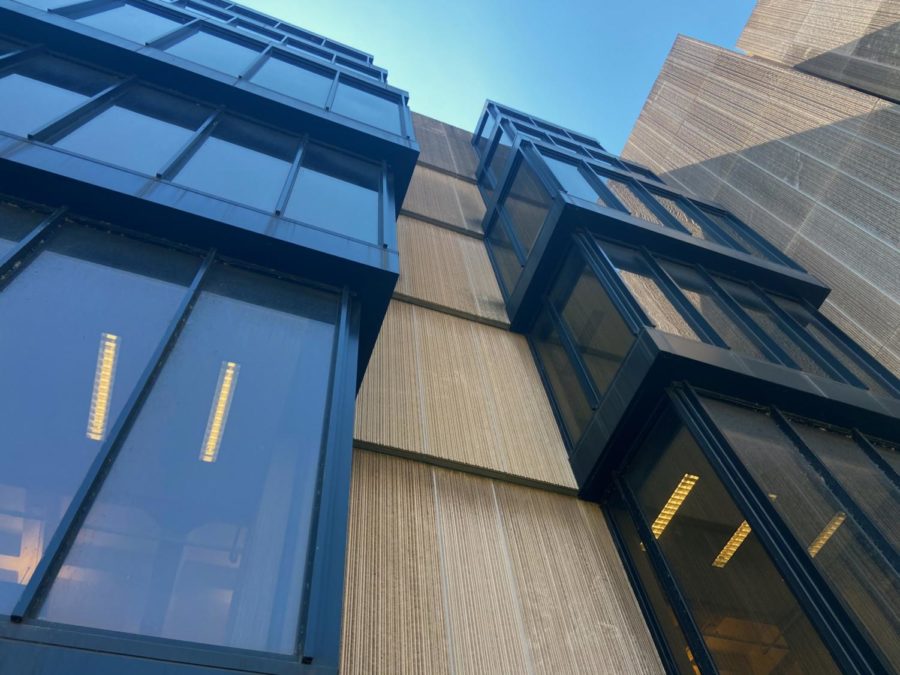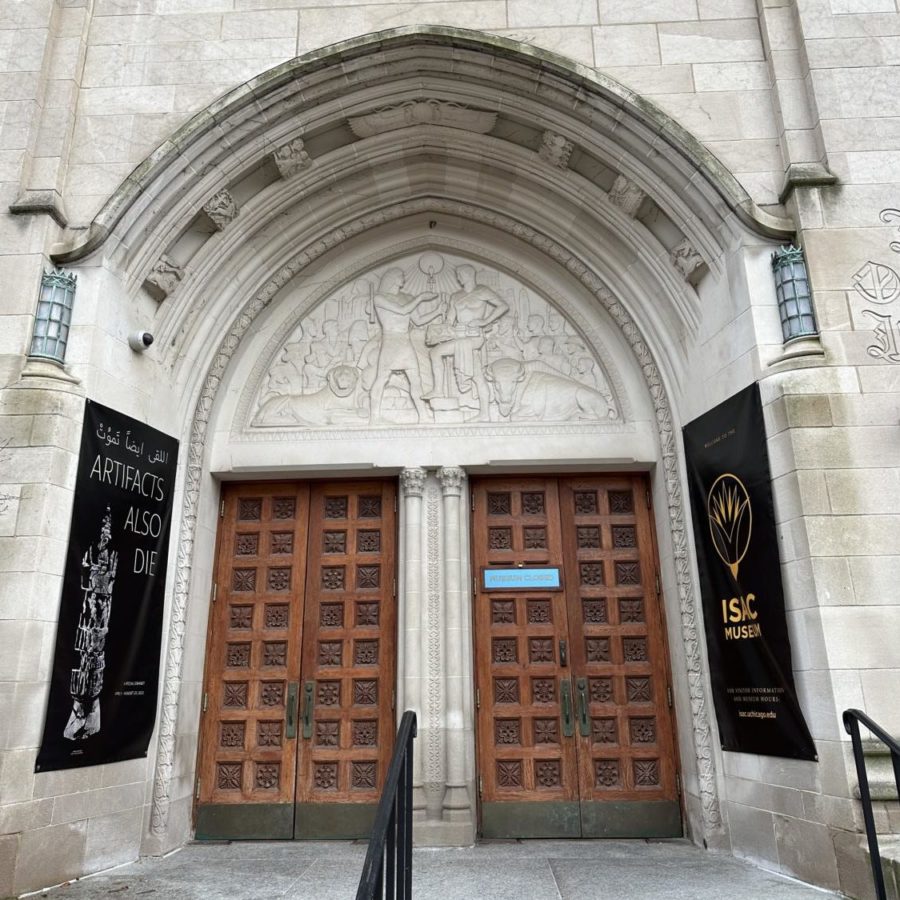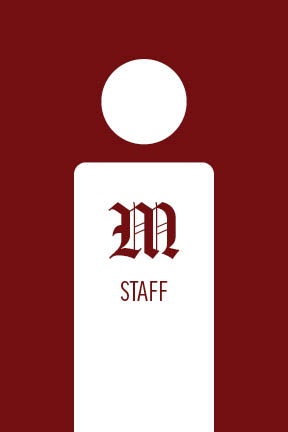The Chicago Innovation Exchange (CIE), announced last Friday, is the latest addition to the University’s growing list of collaborations, and will act as a business incubator for entrepreneurship and start-ups. To be located in multiple spaces in and near Harper Court next year, the CIE will provide mentoring, access to resources, programming, and will eventually provide a fund of $20 million for start-up ideas. Branches from all edges of the University’s network are participating, from the Argonne National Laboratory to the Urban Education Institute (UEI) to the Booth School of Business, in order to address a “variety of economic and social challenges.” Although there are many other business incubators on the South Side, the CIE’s unique value lies in the University’s willingness to contribute its academic and financial resources to the project. To live up to its potential of producing “solutions to difficult societal problems,” the CIE must take full advantage of its location on the South Side and socially-minded organizations at its disposal.
There is no doubt that the CIE will pool together a plethora of University resources to the benefit of many students and faculty. Providing a space for both grads and undergrads to collaborate is useful, but with an already long list of programs available to students interested in business, the CIE should avoid merely adopting that niche, and should instead strive to fill a void by opening its resources up to the South Side in particular. It is admirable to open up the long list of UChicago collaborators to the city at large, but the CIE must make sure to allow room for smaller, community-based organizations to have a role in shaping its direction. The UEI, which already works with schools in the area, is a perfect example of the type of organization that the CIE can use as a springboard for local engagement.
The University’s choice of executive director for the CIE also seems appropriate for the type of collaboration it has promised to deliver. John Flavin has been an entrepreneur and mentor in Chicago for over 20 years, working as the head of life science start-ups and as the head of Chicago Innovation Mentors, which similarly connected entrepreneurs from universities and local areas with corporate mentors. He is unquestionably qualified to lead the CIE effort, but the University must work with Flavin to emphasize the “local” part of his experience—to actively engage community organizations and include them as resources for start-ups involved in the incubator.
University Vice President of Civic Engagement Derek Douglas told the Sun-Times that the CIE will provide a “much-needed link between the South Side and the city’s growing innovation network.” This should not be merely a geographic connection for the Chicago entrepreneurship community, but should translate to true engagement with the issues of our geographic area. Douglas’s involvement is already a positive sign, but his presence in the development of the CIE should continue to be more than nominal.
In recent years, the University has set its sights broadly—to the M.B.A. program in Asia, the Center in Beijing, collaborations with the U.S. Department of Energy, and Ben Gurion University in Israel—but not all world-changing projects have to span the globe when they begin. Some of the most meaningful projects can start up right here, at the incubator space on 53rd Street.
The Editorial Board consists of the Editors-in-Chief and the Viewpoints Editors.








